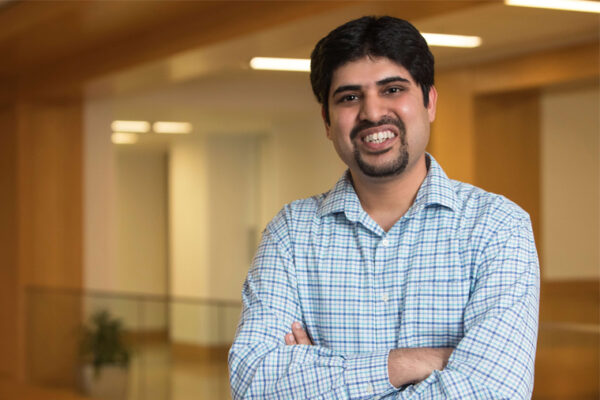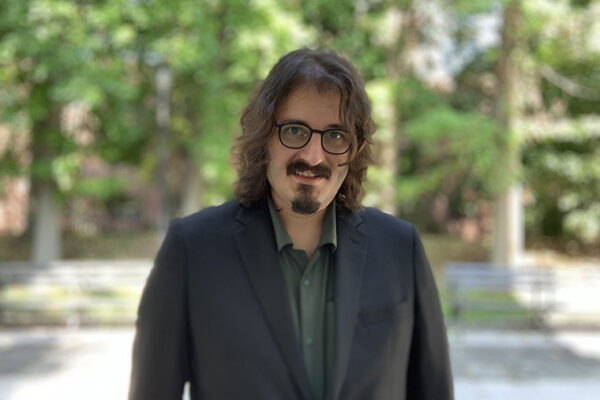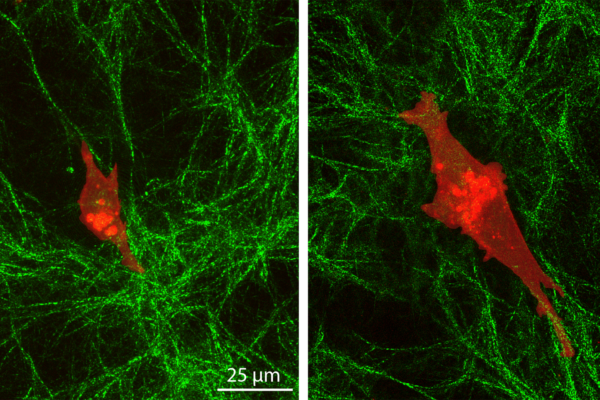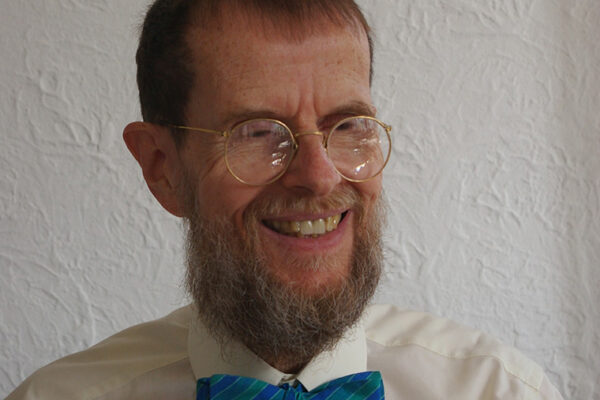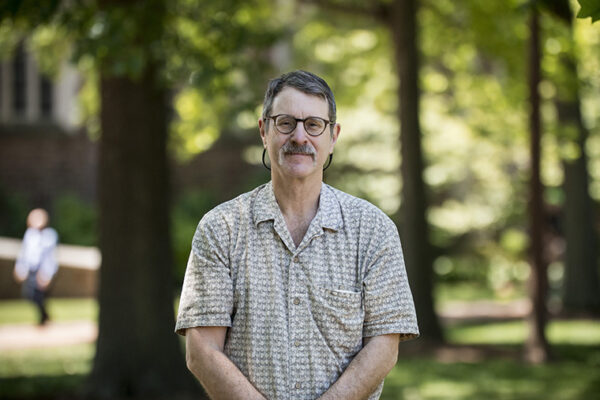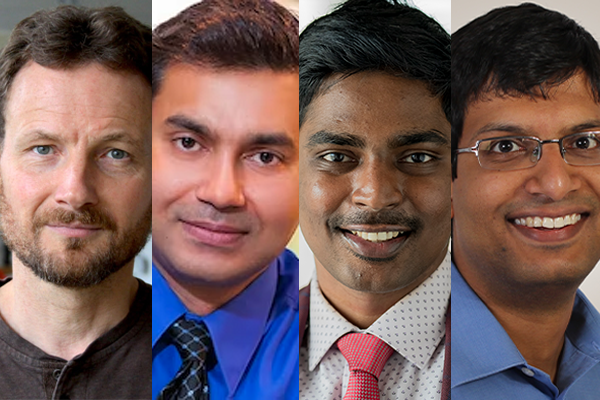Distinguishing real from fake in the age of synthetic images
Abhinav Jha, an assistant professor at the McKelvey School of Engineering and the School of Medicine, and his collaborators developed and evaluated two methods to quantitatively determine the realism of synthetic, or computer-generated, medical images.
New imaging technology may reduce surgeries for rectal cancer patients
Quing Zhu, at the McKelvey School of Engineering, and Matthew Mutch, MD, at the School of Medicine, have been working together to develop a new imaging technology that can help doctors determine which colorectal cancer patients’ treatments have been successful, helping some to avoid surgery. Their efforts received a $1.75 million National Institutes of Health (NIH) grant.
The elephant in the garden
On the outskirts of Kibale National Park in Uganda, anthropologist Krista Milich supports a community-led effort to keep wild animals at a safe distance from neighboring properties.
Physicist Daylan selected for NASA open-science effort
Tansu Daylan, an assistant professor of physics in Arts & Sciences, will develop curriculum for enhanced reproducibility and equity in exoplanet research.
Cancer cells penetrate deep into their environment
Researchers from the laboratory of Amit Pathak at the McKelvey School of Engineering found that cancer cells can sense a layer of cells beneath the top collagen layer on which they normally travel, while normal cells cannot. Their new study was published in Cell Reports.
WashU faculty awarded Taylor Geospatial Institute seed grants
Faculty from Arts & Sciences, the McKelvey School of Engineering and the School of Medicine received seed grants and other funding from the Taylor Geospatial Institute totaling more than $950,000. The grants are designed to encourage collaborative research and provide resources to advance geospatial science through innovative projects.
William Pickard, senior professor of engineering, 90
William Pickard, a senior professor of electrical and systems engineering at the McKelvey School of Engineering, died March 9 in Portland, Ore., after a short illness. He was a faculty member for more than 50 years.
Forum to explain science behind reports of radioactive substances
Lee Sobotka, a professor of chemistry and of physics in Arts & Sciences, will moderate an April 26 technical forum to explain the science behind recent reports of radioactive substances at Jana Elementary school in Hazelwood, Mo. Saint Louis University’s College for Public Health and Social Justice is hosting the event.
Early crop plants were more easily ‘tamed’
Borrowing a page from what we know about animal behavior, Natalie Mueller in Arts & Sciences says that we should reassess our understanding of the process of plant domestication.
Multiplication without multiplying to improve computing efficiency
A multi-institutional team of researchers led by Aravind Nagulu, at the McKelvey School of Engineering, has secured a four-year $2 million grant to enhance the computational efficiency of radio-frequency correlators, like those used in radar systems.
View More Stories
